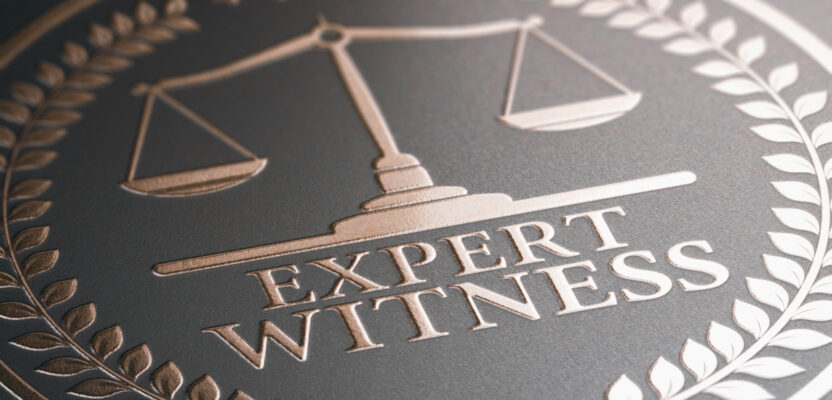Legal Boundaries
A boundary dispute case, or any case involving surveying, surveyors, landowners, and property rights (“property disputes”) is a different breed of civil litigation from most others. There are many unique aspects of this type of litigation not common to other cases.
The biggest difference is that the parties are paying for the litigation out of their own pockets. Unlike personal injury cases, there is no insurance money to pay the freight. If there were, then the litigation over property disputes would explode, and you would start seeing my face on TV commercials during reruns of “Green Acres” and hear my voice in ads on the “Paul Finebaum Show.”
That’s how often these disputes come up, but the vast majority never launch because of the money issue.
Don’t get me wrong, the title insurance companies can and do get involved—sometimes. However, they are insurance companies, and the first knee-jerk reaction of all insurance companies is to deny coverage, it’s in their DNA.
Nevertheless, when they do get involved, the money is limitless and if they are coming after you there will be four lawyers at the table with 160 years of combined experience and you will be on the other side sitting with your E&O assigned lawyer, freshly minted with a bar card and no clue what surveyors do. It could be that you may be testifying in your own defense, and you don’t have a clue either. Good luck with that.
Most of the time these cases go before a judge without a jury because the attorneys know enough about surveying and surveyors that they are concerned the jury will not understand the case. This is because, as a profession, we have made surveying so esoteric with our arbitrary rules and nonsensical procedures, that even surveyors can’t explain it.
So, your next biggest hurdle is the judge may not understand the case either, or it could be the complete opposite. The judge may have had so many bad experiences with surveyors who come to court unable to explain what they did or why they did it, that the Judge sees the entire profession as incompetent.
“The Court does not believe that Mr. Brackman [the surveyor] established, to any degree of certainty or clarity, why he arrived at his opinion. The only markers he referred to were old survey stakes of which he did not know the age or origin. He acknowledged not having any specific deed language and/or natural monuments to go by and did not give credence to any artificial monuments. The Court is puzzled about what he relied upon, and without more, does not accept his survey as authoritative regarding the property boundary.” Weber v. Kroeger, Tenn.App. (2019).
The lack of money can have many unfortunate consequences. As an expert, you want to know what the other side is thinking and what the other side’s expert is going to say before it is said. The only way to do this is through the discovery process. The best discovery is through depositions, but wait, depositions cost money, so they may not happen. If the pockets are relatively deep, they will do depositions and you may be able to sit-in on them. You want to do that if possible. By the same token, their expert will be able to sit in on your deposition.
Depositions aren’t the only form of discovery. You want to see everything the attorneys will let you see. Certainly, all forms of documentation, deeds, maps, plats, etc. Also, deposition transcripts even if you sat in on the deposition. The court reporter made verbatim notes, you didn’t. You also want copies of the complaint(s) and answer(s). This is where the attorneys make their arguments about the case.
When discovery is finished and you are going to trial (which, often does not happen due to a settlement or lack of money), you only have one job as the testifying expert. The judge doesn’t want to be there, so your job is to show the judge the way out of the case. And the way you do that is to explain to the judge, in normal human language not as an alien from the planet Pincushion, what was done and why it was done.
The purpose of this column is to encourage your questions on boundary surveying issues that we will address in future installments. As such, you are invited to send your questions to the Editor of xyHt.

